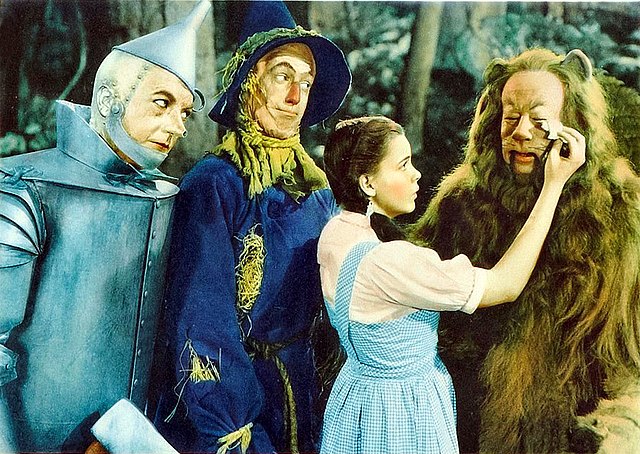According to the Library of Congress, The Wizard of Oz is the most viewed film in the history of motion pictures.
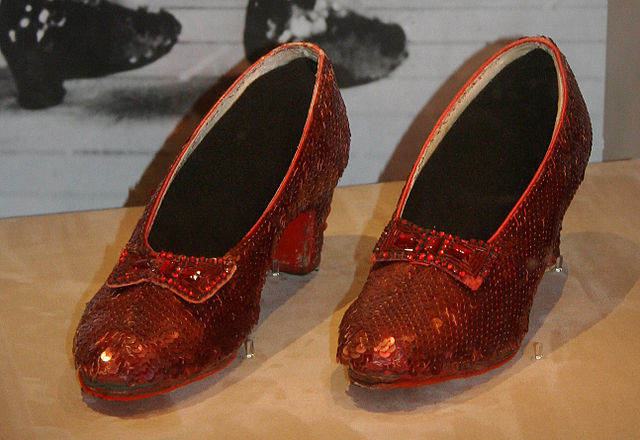
Even the magical slippers, a major plot device in both the novel and film are changed from silver to ruby, to take advantage of the Technicolor film process used for the Wizard of Oz.
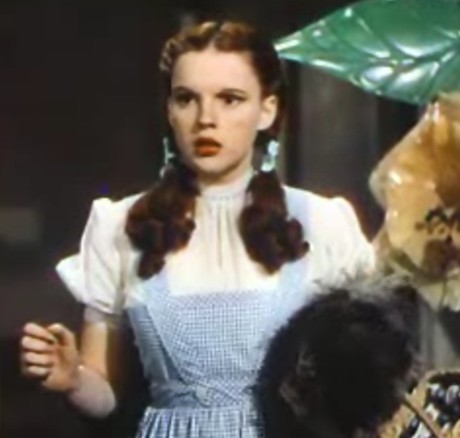
Judy Garland faced challenges of a different kind. Playing the part of a twelve year old required that any appearance of breasts were eliminated by a constrictive corset that forcibly flattened her chest. Between her mother and the studio, every aspect of Judy’s life was choreographed especially when it came to diet. She was encouraged to smoke tobacco and drink coffee, practices that inhibited appetite. Her mother had already exposed her to amphetamines at a young age, again as a diet inhibitor and energy booster.
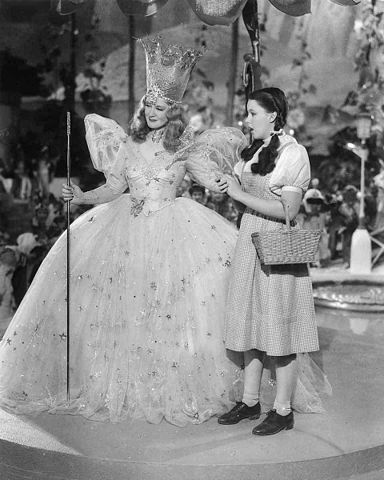
Another production challenge was the preparation and choreography of the Munschkinland scenes, frequently involving over a hundred individuals. One blessing was that besides Judy Garland and Billie Burke who played Glinda, all of the other voices were lip synched and ultimately recorded by several voiceover artists associated with Disney productions. Their voices were then sped up to varying degrees to get the appropriate sound for a tiny person.
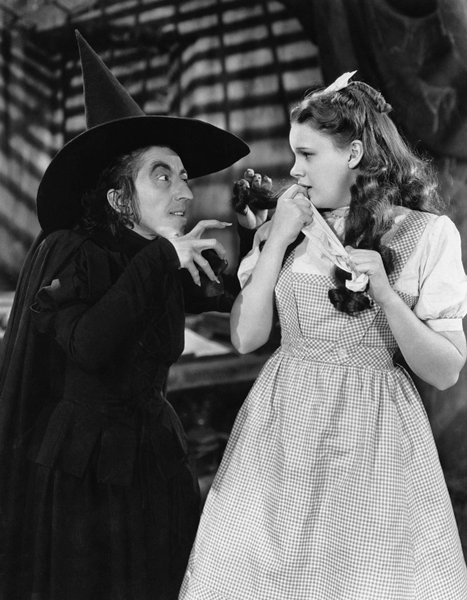
One such effort involved The Wicked witch of the West, Margaret Hamilton and her fiery exit from Munschkinland in a cloud of red dust and flame. Seemingly she magically disappears into thin air, actually her escape was set in motion by an elevator that lowered her beneath the sound stage. Hamilton had to back her way into an exact spot on the stage with perfect timing to escape any flames as she was lowered out of sight. If her legs were even slightly unaligned, she could break one or both as she fell through the opening. Two stagehands were ready to grab her as she came down the elevator. Hamilton rehearsed the scene and process endlessly, getting to the correct spot, tightening her elbows next her sides so they did not slam on the edge of the pit, keeping her costume behind her and clutching the broomstick close to her chest so it did not get caught on the opening. The first take was so good that when Hamilton returned to the soundstage from below, the usually stern Fleming was actually smiling. However, he typically demanded another take as a precaution. As it was lunch time the entire crew left for a break and when they returned, nothing went right, and after four takes with mistakes, Fleming returned to his typical drill sergeant demeanor. After demanding that everyone pull themselves together and get the scene done, Hamilton proceeded. This time the flame effect started way too early, the witch’s broomstick and hat ignited and by the time Hamilton was grabbed off of the elevator below, her eyelashes and one eyebrow were gone and upper lip and one eyelid badly burned. Her right hand was also severely injured and the toxic copper based makeup had to be removed manually, alcohol painfully applied to a large and essentially open wound. Hamilton was in agony, claiming subsequently that she had never experienced such pain. Ointment was also applied to her face and covered with gauze, only her eyes, nose and mouth left uncovered.
Luckily, Hamilton was not needed for filming for six weeks and when she returned, she was told she would have to ride on a mechanical device that simulated her flying above the Emerald City as part of the “Surrender, Dorothy,” scene. The device also spewed smoke from a pipe concealed by her broomstick. Hamilton absolutely refused to have anything to do with the smoke device, agreeing only to closeups with a wind machine and the broomstick rocking back and forth. She told Victor Fleming that he could fire her if he wanted but she would not get near any fire related special effects again.
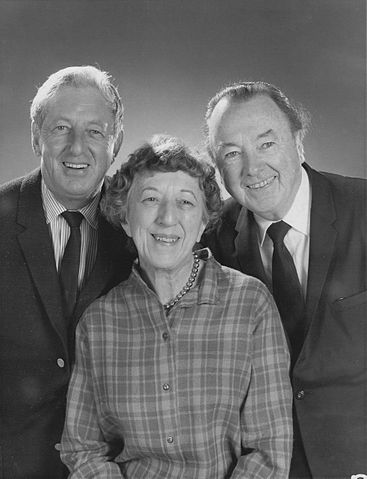
Of all of the actors associated with the film, perhaps the strangest outcome was experienced by Margaret Hamilton, the Wicked Witch of the West. Despite her permanent association with the role, she successfully avoided typecasting and enjoyed a lengthy career in film, television, where she appeared on the Addams Family and was a regular on the soap opera, the Secret Storm, and even in television commercials where in her seventies she portrayed the kindly merchant Cora praising Maxwell House coffee. But, especially as the Wizard of Oz reached nationwide prominence in the sixties and seventies, she received large amounts of mail from fans obsessed with every aspect of her role in the film.
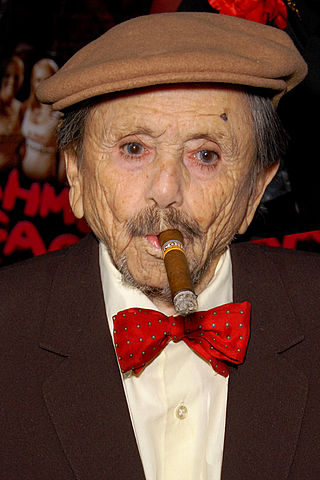
Although the Munschkinland numbers are among the most impressive musical and dance songs ever filmed in Hollywood, it was the alleged off screen antics of these unique actors that eventually added to the Oz legend. On the Jack Paar show in 1967, to much laughter, Judy Garland described the acting troupe as a “bunch of drunks” “who got smashed every night,” and one even propositioned her. She also claimed that if a Munschkin became too intoxicated to navigate their way back to their Culver City hotel, they would be picked up with butterfly nets. Although Garland was known to exaggerate, screenwriter Noel Langley referred to the group collectively as, “The wildest, little whoring rascals you ever saw.” Mervyn Leroy’s 1974 autobiography recollected truly depraved behavior: “They had sex orgies in the hotel, we had to have police on just about every floor.” By the time these urban legends became engrained any contradictions from actual surviving Munschkins themselves were typically ignored.
Podcast: Play in new window | Download
Subscribe: RSS

